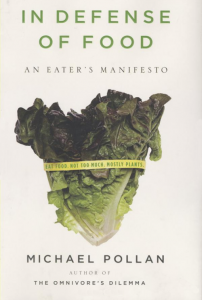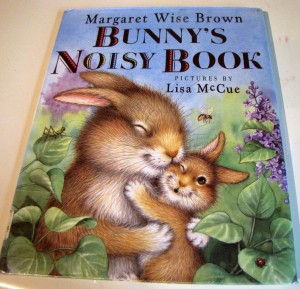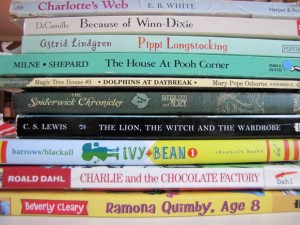Lately I have been thinking more about the type and quality of food that we are eating in our home. We definitely have some room for improvement. I recently discovered an interesting blog, Word of Wisdom Living. I haven’t looked through it extensively yet, but one of the books they suggested reading is “In Defense of Food: An Eater’s Manifesto” by Michael Pollan.

This book was really fascinating. Basically the point of the book, or the manifesto, is “Eat Food. Not too much. Mostly Plants.” The following is from the Word of Wisdom blog review of the book:
“Pollan exposes the problems with modern food. He soundly condemns the practice of nutritionism, the practice of looking at the nutrients in food individually, thus losing sight of the synergy of nutrients working together in their native milieu. Taking nutrients out of their natural context has led to the industrialization of food, as well as today’s foolish trend towards functional foods” (source).
I would recommend this book to anyone who has an interest in healthy eating habits. I particularly liked the Rules of Thumb for Healthy Eating (listed below) included in the last section of the book, since they gave me specific guidelines and ways that I can make improvements in our diet, without having to drastically change the way we eat.
My notes from the book
“Nutritionism–the belief that food is foremost about nutrition and nutrition is so complex that only experts and industry can possibly supply it” (p. 200). With the advent of nutritionism, people are very confused and worried over what to eat.
“Modern civilization has sacrificed much of the quality of its food in the interests of quantity and shelf life” (p. 97). Interesting to note, studies of isolated populations eating a wide variety of traditional diets had no need of dentists.
The story of refined grain: grind the wheat kernel and remove all the healthy stuff and your left with worthless white powder. Scientists then discover that vitamins have been removed, so the “fortify” the bread to put the good stuff back in. But can they really put everything back in? What are they overlooking.
Soil Problems: “Chemically simplified soil produces chemically simplified plants”. Since the 1950s, “the nutritional quality of produce in America has declined substantially” (p. 115). Basically “you now have to eat three apples to get the same amount of iron as you would have gotten from a single 1940 apple” (p. 118).
The rise of diabetes: “Medicine is learning how to keep alive the people whom the Western diet is making sick” (p. 135). The solution: Stop eating a Western diet!
“As technology reduces the time cost of food, we tend to eat more of it” (p. 187). Microwaves make for easy cooking, so we eat more.
Spend more money on healthy food, rather then on healthcare costs!
Rules of Thumb that are Conducive to Better Eating
Eat Food
- Don’t eat anything your great grandmother wouldn’t recognize as food. Also, don’t eat anything incapable of rotting (ie. twinkies).
- Avoid food products containing ingredients that are a) unfamiliar , b) unpronounceable, c) more than five in number, or that include d) high-fructose corn syrup.
- avoid food products that make health claims.
- Shop the peripheries of the supermarket and stay out of the middle.
- Get out of the supermarket whenever possible (shop farmer’s market or CSA box instead).
Eat Mostly Plants
- Eat mostly plants, especially leaves.
- You are what you eat eats too.
- If you have the space, buy a freezer.
- Eat like an omnivore (diversity).
- Eat well-grown food from healthy soils.
- Eat wild foods when you can.
- Be the kind of person who takes supplements.
- Eat more like the French. Or the Italians. Or the Japanese. Or the Indians. (a traditional diet has proven the test of time)
- Regard nontraditional foods with skepticism (ie. soy prepared in innovative ways, as opposed to traditional tofu)
- Don’t look for the magic bullet in the traditional diet (ie. the glass of wine that is the key to everything)
Not Too Much
- Pay more, eat less. (Eat good quality food. Learn to recognize your body’s signals and stop eating when you are full). “The better the food, the less of it you need to eat in order to feel satisfied” (p. 188).
- Eat meals. (Cut out the snacks)
- Do all your eating at a table.
- Don’t get your fuel from the same place your car does.
- Try not to eat alone.
- Consult your gut.
- Eat slowly.
- Cook and, if you can, plant a garden.

















